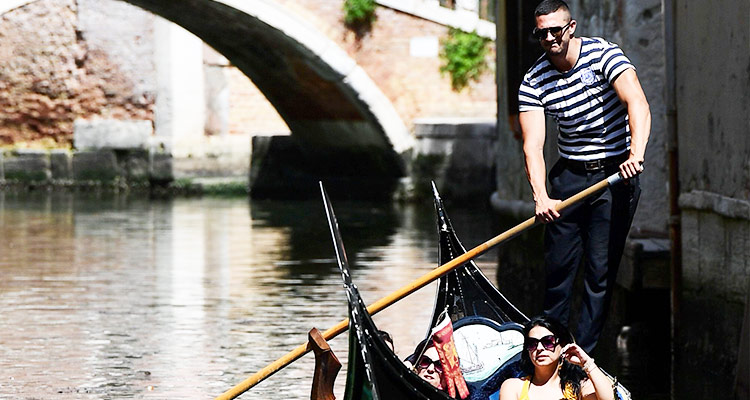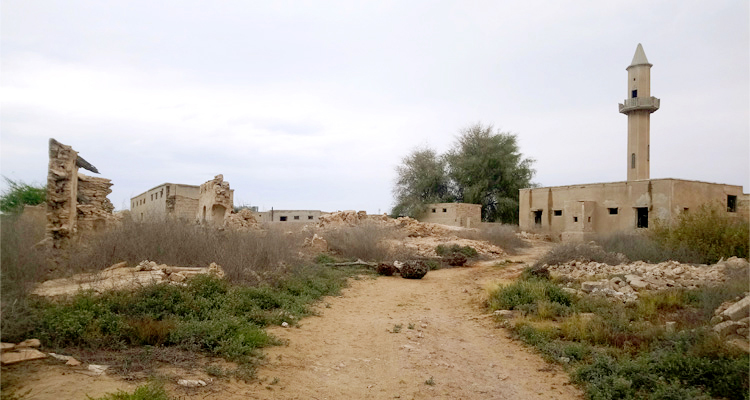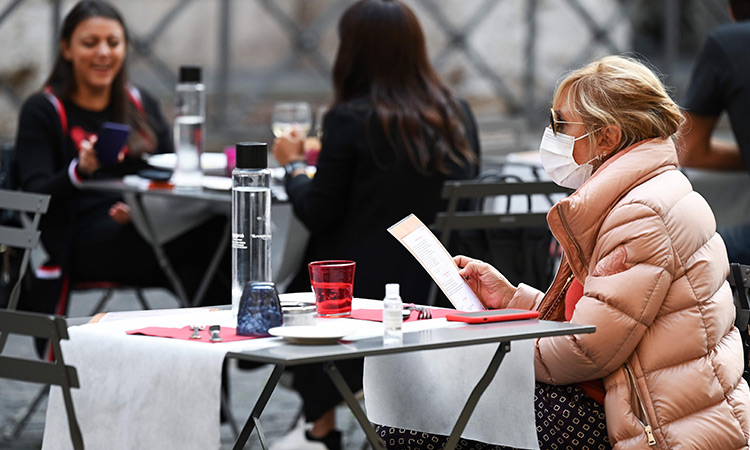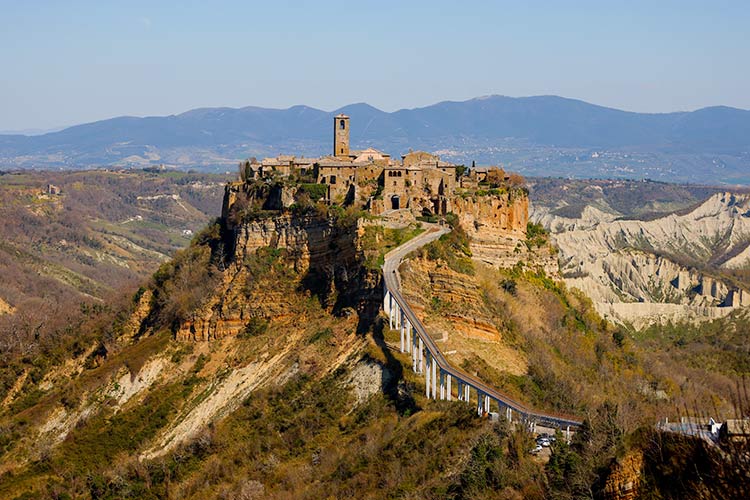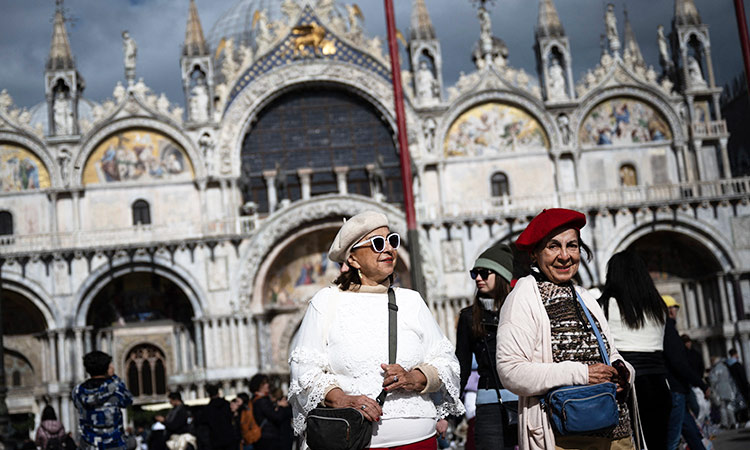Gondoleering goddesses teach ancient art to the masses
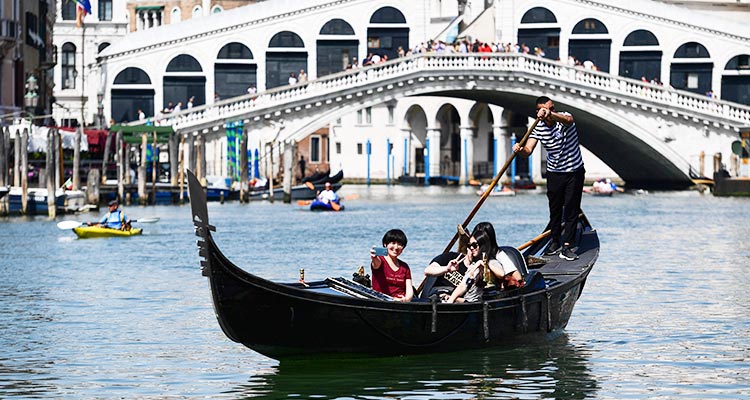
Lazzari is one of some 20 women who teach tourists from around the world how to row standing up.
"Big wave incoming, use your legs!" shouts Gabriella Lazzari, as her laughing students try out their new gondoleering skills in the sunshine of Venice's lagoon.
Lazzari is one of some 20 women who teach tourists from around the world how to row standing up, Venetian style, in "Batela coda di gambero", shrimp-tailed wooden boats.
"We take them out to the lagoon so they can do the gondoleering part without crashing into everybody," quips Jane Caporal, who founded the Row Venice organisation more than eight years ago in a bid to save the "voga alla veneta" style of rowing.
"Obviously Venice is motorised now, so people don't row around in their little boats anymore," she said.
"The idea is to save the tradition. Not just the actual rowing, everything: the boat building, the oar making, the forcola (oar rowlock) making, crafts that have been going for centuries and centuries.
"It's hard work, my back's aching, but it's great fun!" the 32-year old from Portland in the United States said, as her husband, gripping his own oar tightly, tried valiantly to match her pace.
Master craftsman
Most of the women who teach "voga" also race professionally, and Row Venice sponsors them.
Caporal sees it as a way of attempting to level the playing field in a sport and profession dominated by men.
There is currently only one female gondolier in the whole city. She has had to fight tooth and claw for her share of the 20 million tourists who visit the Serenissima each year, Caporal said.
"The number of people certified as gondoliers is controlled by the gondoliers' association.
"It's a tightly-closed shop. With Row Venice we've carved out a space for women to work too," she added.
The British-born Australian, who has lived in Venice for 30 years, said she picked the batela -- a traditional workboat now out of production -- because it is more stable than the asymmetrical gondola and easier to manoeuvre.
Row Venice pays tribute to the carnival city's heyday by sponsoring parties held on boats in the lagoon on summer nights.
'A dream come true'
"It's a pleasure to enable tourists to live Venice by water, and explain the pollution and high-water problems," said Lazzari, in reference to the damage cruise ships cause to the fragile ecosystem and floods that leave Saint Mark's Square underwater.
Just a week ago, a massive cruise ship lost control, crashing into the wharf and sparking fresh controversy over the damage the huge vessels cause to the city.
"I tell them about the types of boat there used to be, like the mascareta, so-called because it was used by masked 'working women', or the gondolas, which were the taxis of the rich," Lazzari added.
The Doges of Venice, the Republic's rulers until the 18th century, boasted golden, two-deck ships which were used yearly in a "Marriage of the Sea" ceremony, which symbolically wedded Venice to the water.
By day, its craft glide peacefully past ducks diving for crabs and disused boatyards transformed into canal-side gardens.
Agence France-Presse
